Seven of our favorite spots for nature photography in the Chesapeake watershed
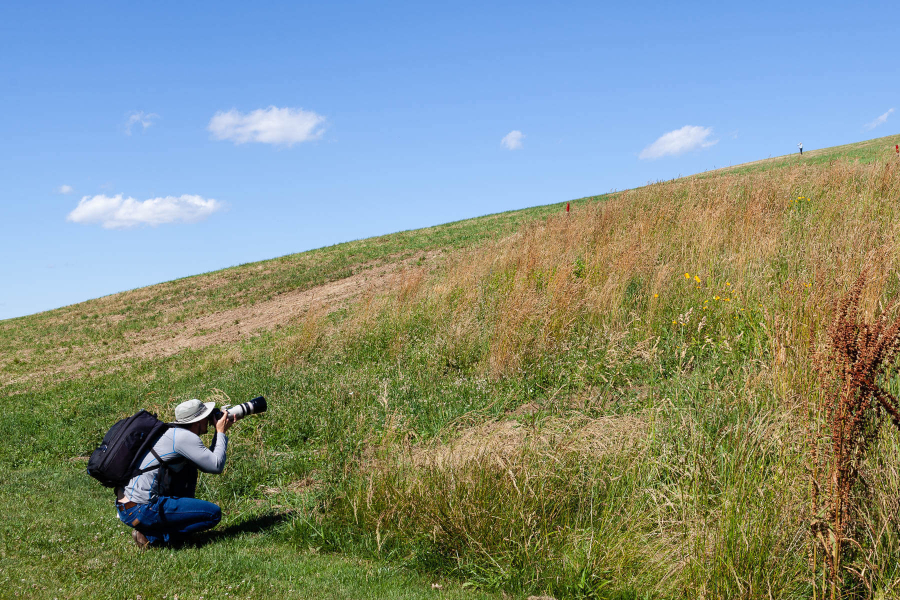
As a photographer for the Chesapeake Bay Program, I’ve traveled the Chesapeake watershed from New York to Virginia, logging thousands of miles to document the range of wildlife communities that exist within its lands and waters. But to the aspiring nature photographer, my advice is simple—just get outside. Wildlife will often come to your doorstep, or close enough to it, if you have the patience to sit and wait. For a city-dweller, a camera has the ability to slow down time, helping you look at familiar surroundings in a new way, and turning a five-minute walk across your local park into a two-hour trek.
Nature photography is also a great motivation to travel outside your comfort zone, and success often hinges on learning the story behind a place. There’s something about the thrill of documenting a bird or insect you’ve only read about—to learn enough of its behavior and habitat requirements that you can find it in the wild and bring a photo back to share with others.
In the spirit of Nature Photography Day, here are seven of my favorite places that show what the Chesapeake watershed has to offer.
Blackwater National Wildlife Refuge (Dorchester County, Md.)
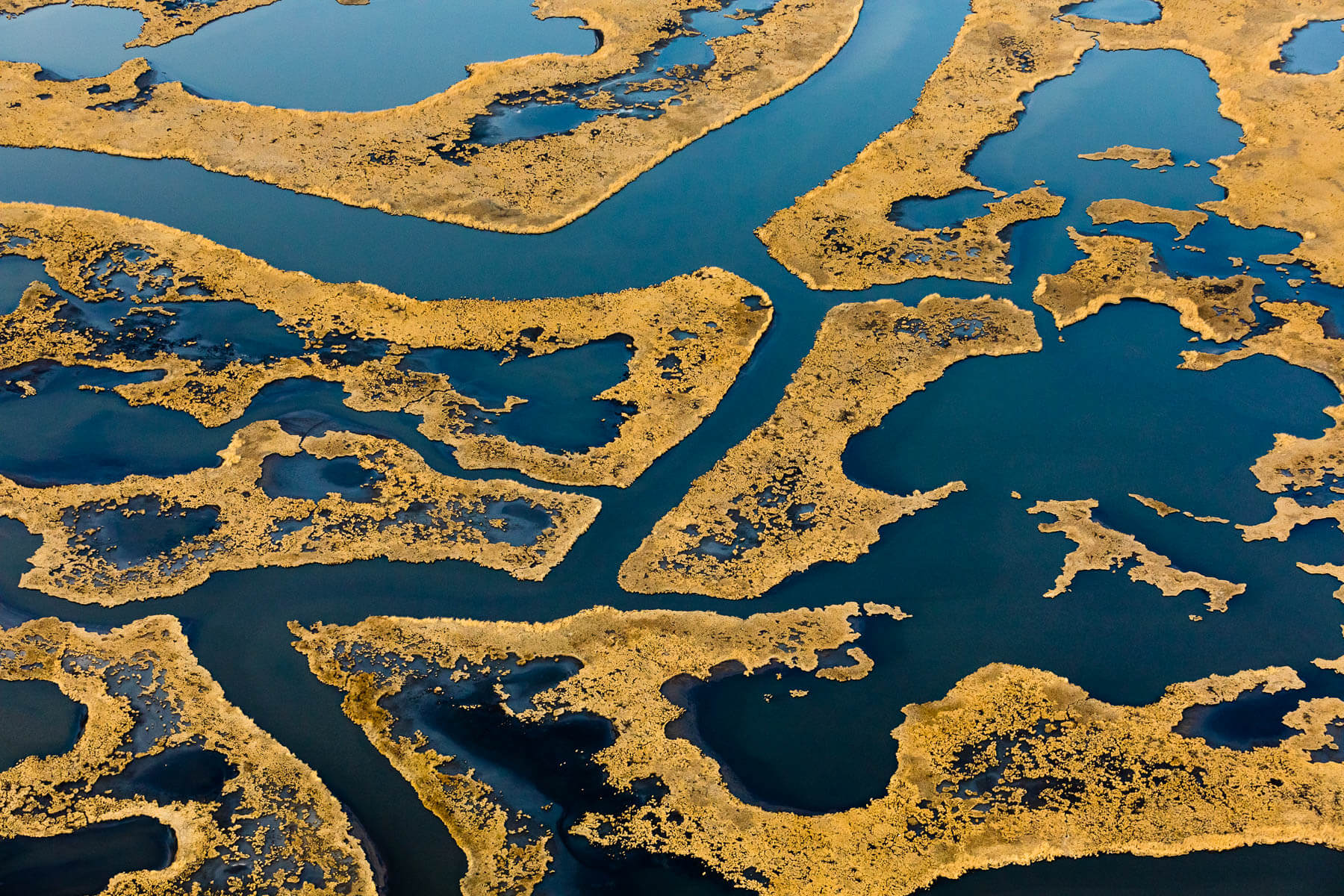
One of the top destinations in the Chesapeake Bay watershed for a number of reasons, the expansive salt marshes of Blackwater National Wildlife Refuge are only part of the area’s visual appeal. A tour through the refuge along vehicle-friendly Wildlife Drive offers a great look at a variety of habitats, from wetlands to forest. It is also more accessible for those not interested in a long hike—you are likely to spot herons and egrets from the passenger seat. The broader area in which Blackwater is situated is imbued with history, and it’s possible to make photos of a landscape that still resembles what figures like Harriet Tubman would have seen 150 years ago.
Anacostia River (Washington, D.C.)

The Anacostia offers a great deal of wildlife viewing opportunities in close proximity to the surrounding city. From Bladensburg Waterfront Park extends the Anacostia River Trail that reaches tidal wetlands that have survived development in the region, and a new Green Boats program provides free kayak rentals in exchange for picking up litter along the river. Elsewhere along the Anacostia, you can visit Kenilworth Aquatic Gardens for summertime lotus blooms, or hike (and camp) on Kingman Island, a human-made island that has been claimed by nature.
Otsego Lake (Cooperstown, N.Y.)
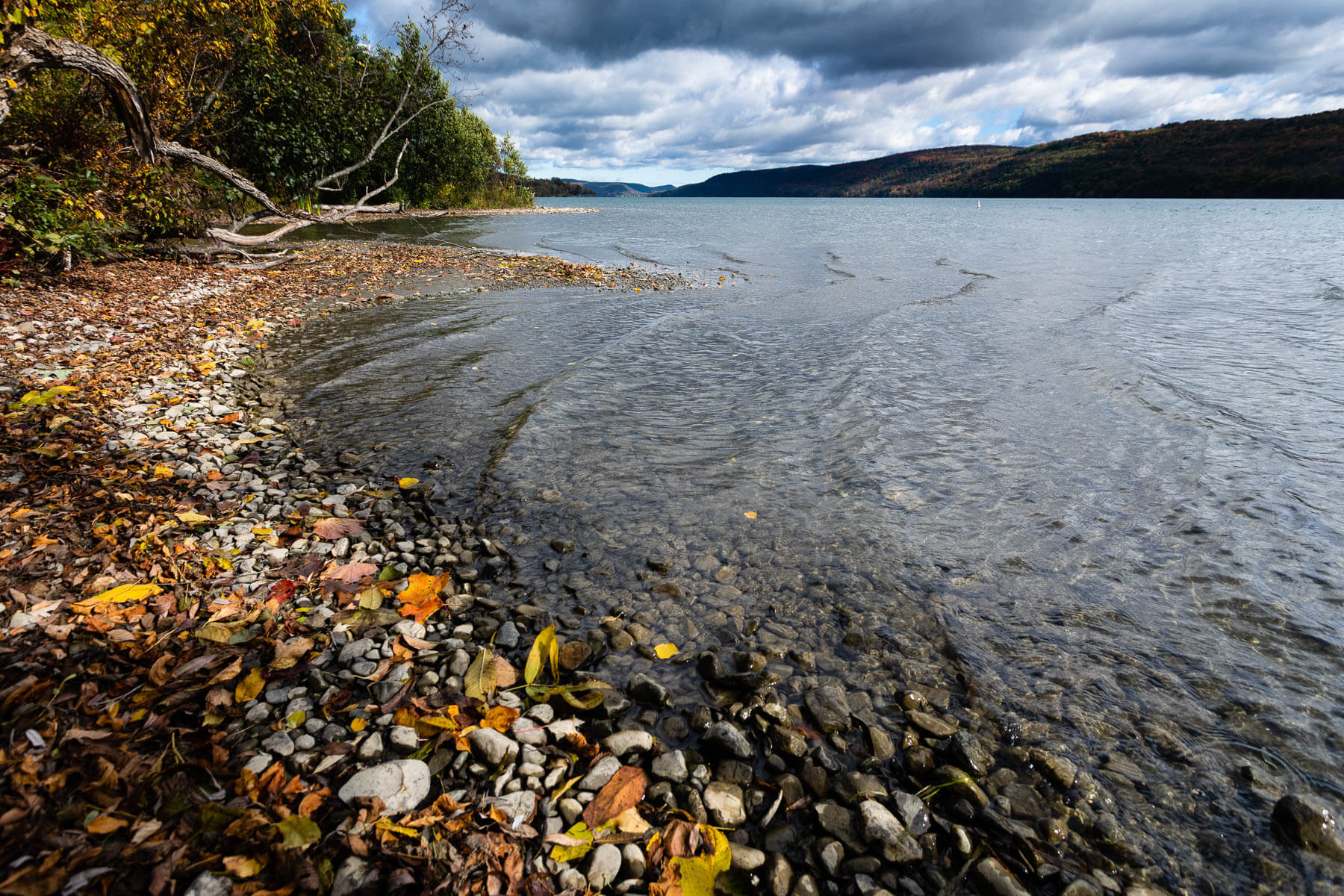
The foliage in central New York is a huge draw during the narrow window of time each autumn, when the maple trees in particular pop with reds and yellows. Local conservation efforts have created an easy way to reach the shorelines of Otsego Lake at Brookwood Point, a 22-acre property that is permanently protected by the Otsego Land Trust and is just one site along their Blueway Trail network. Brookwood includes a historic garden, a paddle launch and an ADA accessible trail that allows for expansive views of the lake.
Masonville Cove (Baltimore, Md.)
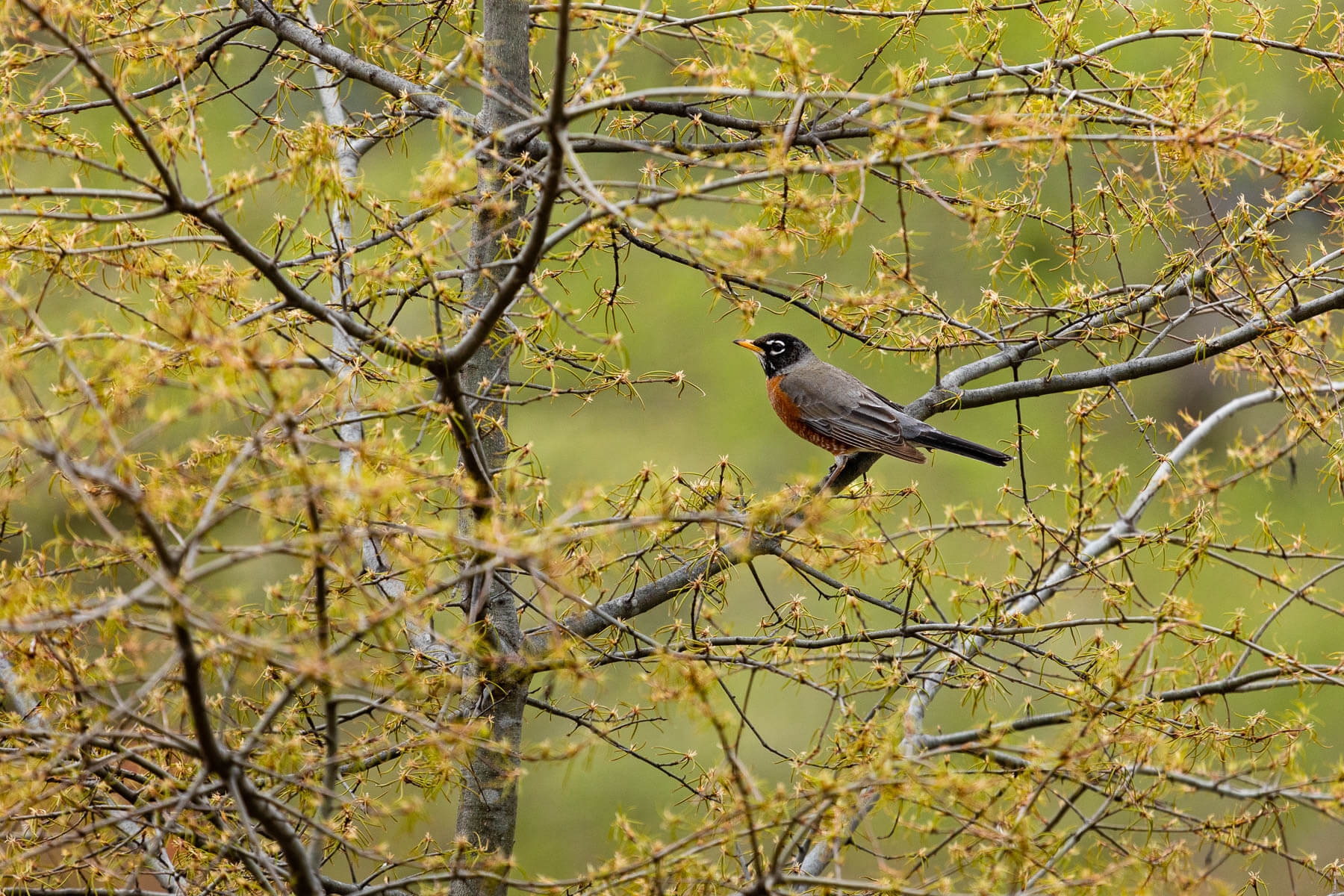
Industry formerly separated the waterfront at Masonville Cove from neighboring communities, but efforts to restore that connection have resulted in a haven for both people and wildlife. In the winter, waterfowl gather just offshore, and many songbirds use the restored grasslands. I’ve watched a kestrel hunt for tree swallows, and in recent years, this urban wildlife refuge welcomed a nesting pair of bald eagles.
Seneca Rocks (Pendleton County, W.Va.)
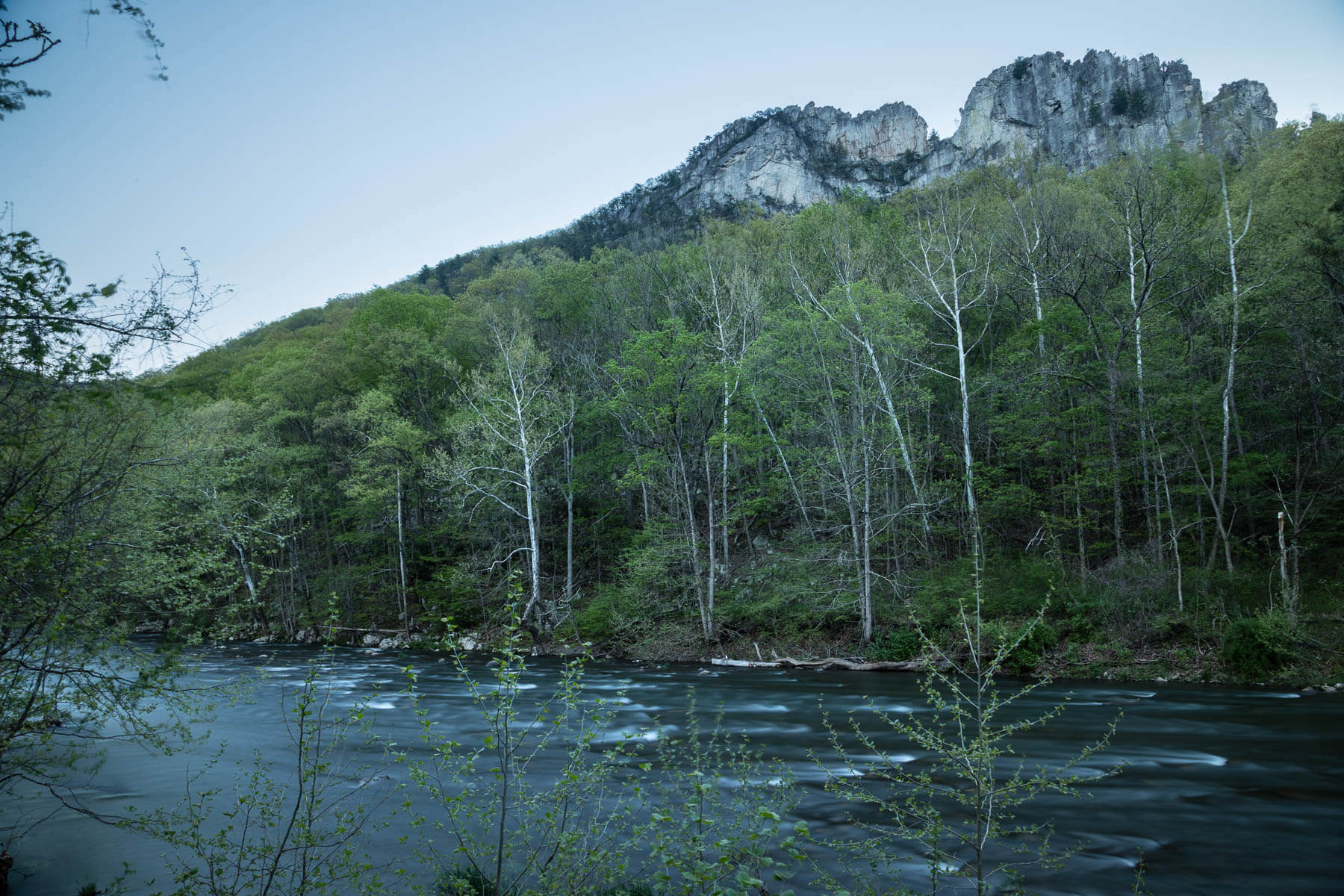
Altitude is the key to Seneca Rocks’ visual offerings. Climbing its peaks yields views of the land below, and the area’s cooler climate supports more northerly species like hemlock trees and rhododendron growing along pristine mountain streams. It’s tempting to put the camera away and pick up a fly rod and try for the native brook trout.
Paradise Creek Nature Park (Portsmouth, Va.)
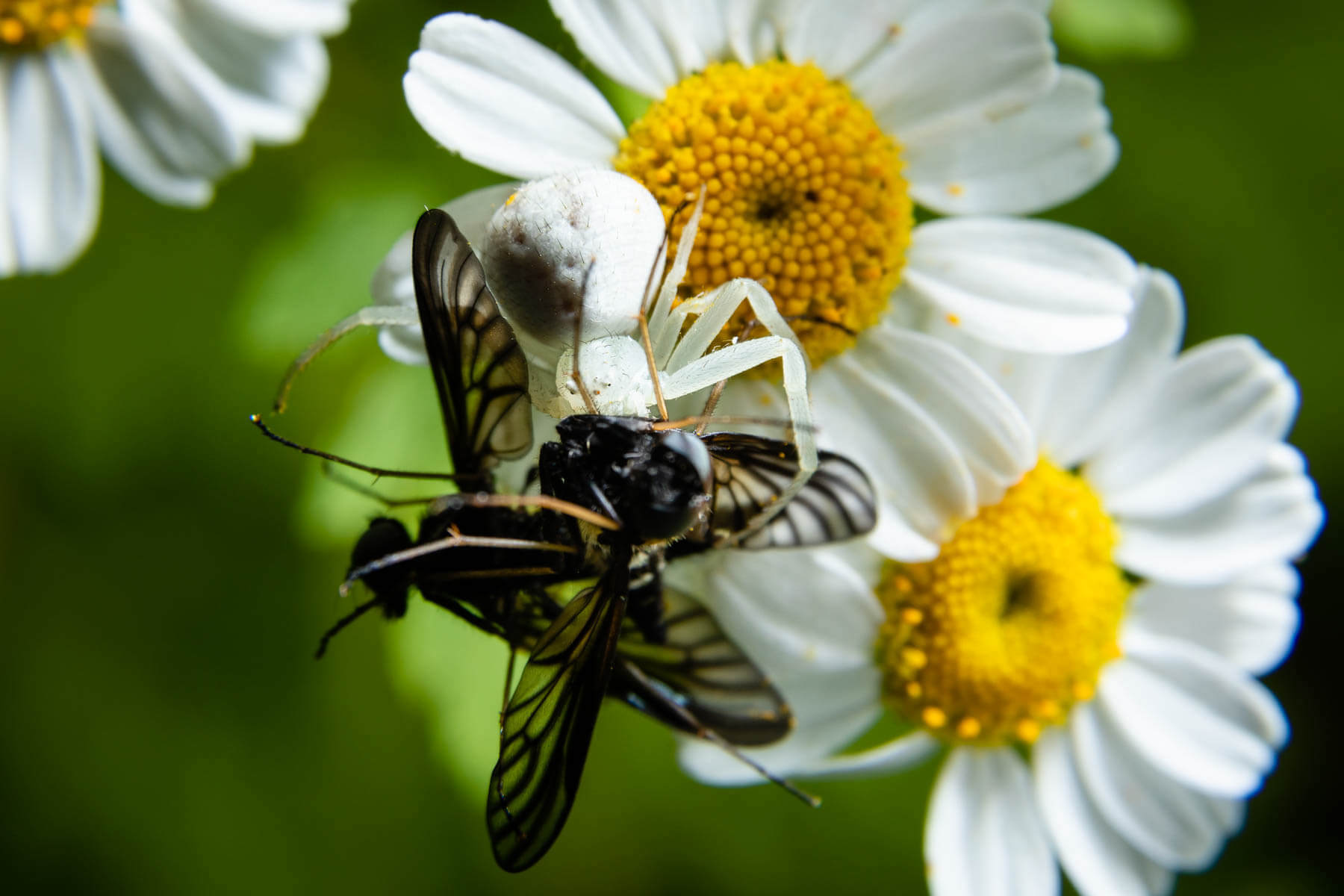
In the same way that Masonville Cove brought nature back to a city, the wetlands at Paradise Creek Nature Park were restored when a landfill for Norfolk’s naval shipyard was returned to its natural state. The Elizabeth River Project has added pollinator gardens to the park—suitable for macro photography of insects. And volunteers have helped clear the forested portion of English ivy and other invasive plants, allowing more native plants to flower.
Cherry Springs State Park (Potter County, Pa.)
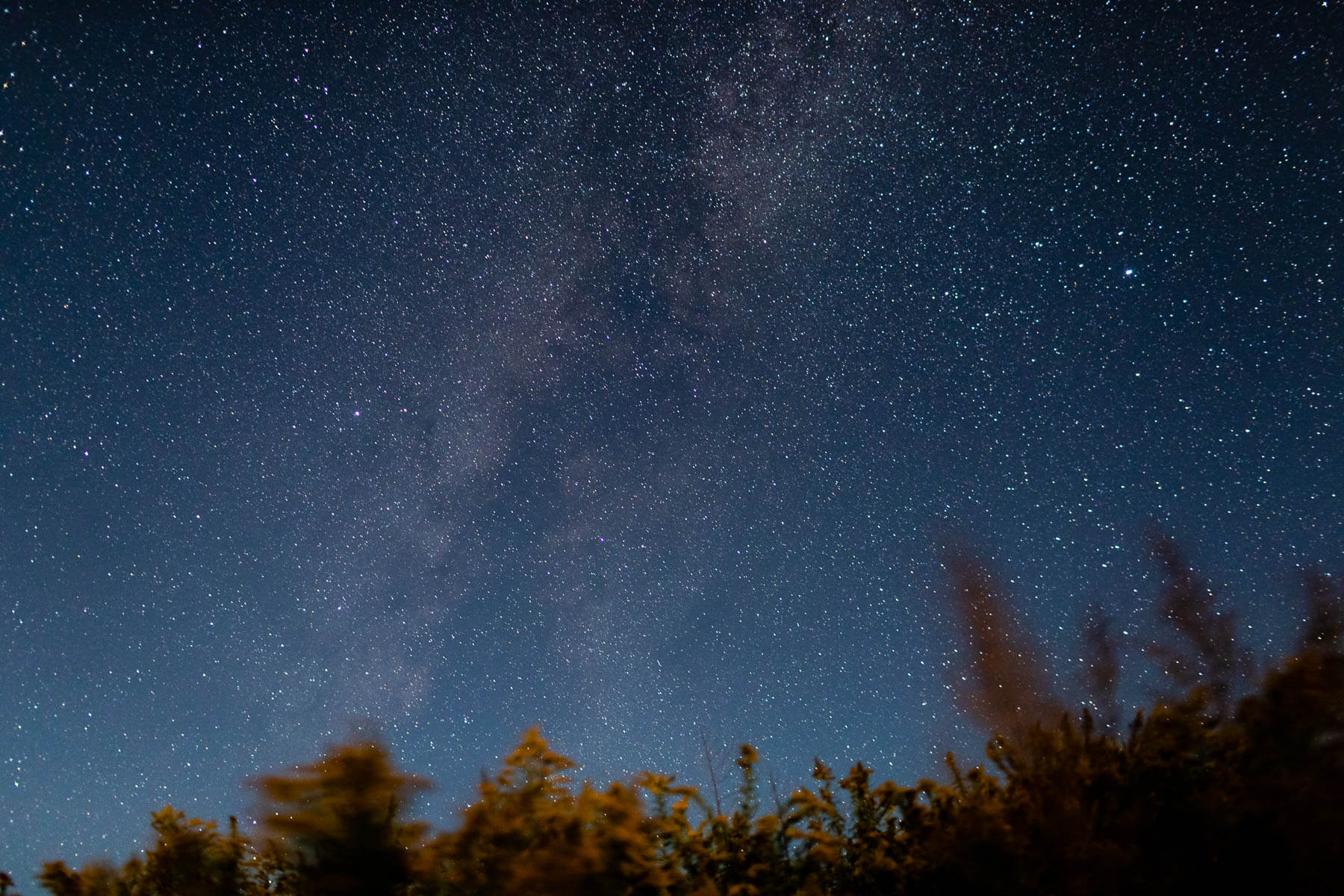
Special things happen in parts of the country that remain relatively untouched by development. Large swaths of forest protect Cherry Springs State Park from light pollution, and about twenty years ago, visitors started taking advantage of its exceptionally dark skies for stargazing. Today, the park caters to such visitors—overnight guests have access to a field protected from any light source besides red, to retain night vision. And even casual visitors can stop at a roadside field protected from vehicles (and their headlights) by large berms. Not far away, in places like Sinnemahoning State Park, reintroduced elk use the same swaths of forest that give Cherry Springs its charm and are similarly photogenic.
To find similar locations that are perfect for nature photography, visit Find Your Chesapeake or our public access map.

Comments
There are no comments.
Thank you!
Your comment has been received. Before it can be published, the comment will be reviewed by our team to ensure it adheres with our rules of engagement.
Back to recent stories